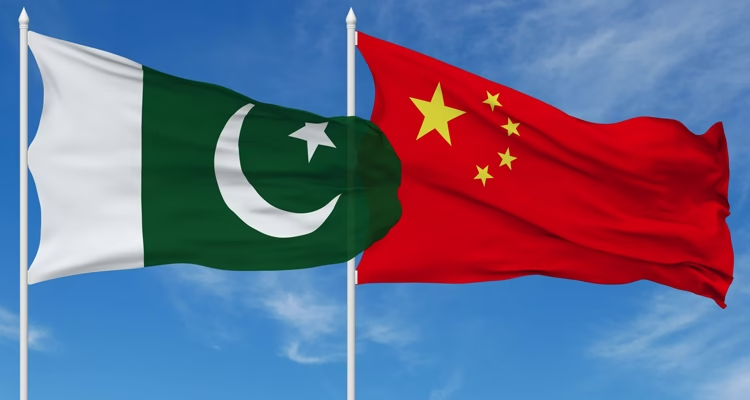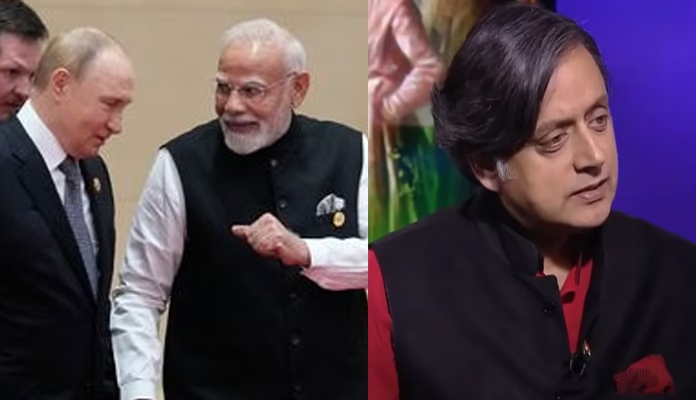
 by Ashis Sinha
by Ashis Sinha
The strategic balance in South Asia is witnessing a potential upheaval as China and Pakistan explore the creation of a new regional alliance intended to replace the long-stalled South Asian Association for Regional Cooperation (SAARC). The move, which reportedly includes Bangladesh and may expand to other neighbouring countries, is being seen as a direct challenge to India’s influence in the region.
The fresh diplomatic overture took shape during a recent trilateral meeting held in Kunming involving China, Pakistan, and Bangladesh. Though Dhaka officially denied any political motive behind the gathering, experts suggest it may be part of a larger blueprint to realign regional cooperation under Beijing’s leadership.
According to reports in Pakistan’s Express Tribune, China and Pakistan are in advanced talks to launch a new regional bloc that promotes economic integration, infrastructure connectivity, and trade — all central themes of China’s ambitious Belt and Road Initiative (BRI). The new grouping is envisioned as an alternative to SAARC, which has remained inactive since its last summit in 2014 due to the India-Pakistan standoff.
Sources cited by Express Tribune suggest that the proposed bloc could include countries such as Bangladesh, Nepal, Sri Lanka, the Maldives, Bhutan, and Afghanistan — all former SAARC members — but with a deliberate exclusion or marginalisation of India. The group would be led by China, with Pakistan as a key partner, thereby creating a new power axis in South Asia.
Chakravyuh Strategy to Encircle India?
Strategic analysts see this development as a continuation of China’s broader “Chakravyuh”-style containment policy aimed at surrounding India through alliances with its neighbours. While the China-Pakistan axis has long been a known geopolitical challenge for New Delhi, Bangladesh’s growing engagement with Beijing — particularly in trade and defense — adds a new layer of complexity to India’s regional outreach.
“This is clearly a response to India’s growing influence in forums like the Quad and BIMSTEC. By drawing in countries like Bangladesh, Nepal and Sri Lanka, China is aiming to push India to the margins in its own backyard,” said a South Asia policy expert.
India’s ‘Neighbourhood First’ policy now faces a credibility test, especially as smaller South Asian nations appear more open to Chinese-led economic incentives amid SAARC’s paralysis.
SAARC’s Dormancy Fuels Alternatives
SAARC, formed in 1985 to promote regional cooperation, has remained largely dormant since 2014. The 2016 summit, scheduled in Islamabad, was cancelled after India withdrew in the aftermath of the Uri terror attack. Several member states followed suit, citing hostile regional conditions, effectively rendering the organisation inactive.
Since then, India has turned its focus towards groupings like BIMSTEC, which excludes Pakistan, to foster regional cooperation with Southeast and South Asian countries.
Meanwhile, China and Pakistan have deepened their bilateral and multilateral engagements. The China-Pakistan Economic Corridor (CPEC), a flagship BRI project, is already reshaping economic ties in the region, and the new proposed alliance would further consolidate this influence.
Bangladesh’s Balancing Act
Though Bangladesh’s foreign affairs adviser M Touhid Hossain has denied forming any new alliance, diplomatic insiders indicate otherwise. Dhaka’s increasing proximity to Beijing — in the form of infrastructure deals, military cooperation, and trade — signals a gradual shift in its regional posture.
India, while remaining cautious, is closely watching these developments. “The meeting in Kunming, regardless of official statements, is a clear signal of shifting equations in South Asia,” said a senior Indian diplomat.
Implications and Way Forward
If realized, the China-Pakistan-led regional bloc could significantly dilute India’s leadership role in South Asia. The move is also likely to deepen geopolitical rivalries in the Indo-Pacific region, already marked by tensions between India, China, and the United States.
While the proposed platform is still at a formative stage, its implications are strategic — aiming not just to boost regional integration, but also to subtly rewrite the regional order with India out of the centre.



